
EDITOR’S NOTE: This post is part of the Expert Exchange series, an editorially directed and expert-driven platform for information and discussion around leading-edge building science principles and projects. The fourth quarter topic—made possible with support from our sponsor*, Rockwool—is “Choosing Products and Materials for a Green Home.” The series will culminate with a webinar panel discussion among contributing experts on Dec. 7 at 6pm ET. Click to register.
In the conventional approach to residential construction, the homeowner makes decisions around a house’s layout, facade design, and finish components; and the builder uses common materials and methods that comply with current codes, often with little thought beyond meeting minimum standards. In the green-building approach, the homeowner and builder collaborate on a deeper level to balance four criteria: occupant health, environmental responsibility, durability, and resilience.
Although it would seem any homeowner would want to combine these four elements in every aspect of a home, sometimes the decisions involve contradictions and compromises. Weighing the costs and benefits requires prioritizing and weeding through product claims to find the hidden impacts. For example, reverse osmosis will remove almost all contaminants from drinking water, even viruses, making it one of the most effective residential filtration systems. It also wastes the most water. A reverse-osmosis system will discard about 4 gal. of water for every purified gallon. How do you weigh optimum water purity against waste?
Sometimes the choices are obscured by intuition. For example, fired brick is durable and made from clay, one of the most abundant materials on earth. It would seem like a natural choice for green buildings until you consider the manufacturing process that requires kilns running at 2000°F. Even the most efficiently fired brick contains enough embodied energy to fuel an average home for two months. The 300-year durability of solid-brick construction does little to address the immediate urgency of climate change. So, even a durable, natural material such as brick may not represent the best choice from an environmental perspective.
When you analyze materials carefully, you discover they all have adverse environmental impacts. The decisions made in green building require comparing these impacts from raw material extraction through manufacturing, transportation, installation, long-term use, and disposal at end of usability. For this task, a life cycle assessment (LCA) is useful. Several LCA tools exist, including the National Institute of Science and Technologies BEES, BIRDS, NEST software, and SimaPro. Even with these tools, you must weigh your priorities. For many consumers, using LCA software may prove difficult and convoluted. An easier method for choosing materials comes with reputable green-building-rating programs, such as LEED, Green Globes, and others. Here is a list of certifications whose materials selections have been reliably vetted:
LEED, or Leadership in Energy and Environmental Design, is a green building certification managed by the U.S. Green Building Council. The program aims to balance all standards, from indoor environmental health to energy efficiency and resiliency, but the program can be challenging to follow.
Green Globes is a certification system used in the U.S. and Canada. The Green Building Initiative runs the program, which relies on a questionnaire aimed at helping the user make changes to comply with the Green Globes certification. Their website includes a “Green Resource Library” that offers useful information, such as a cost comparison of sustainable options.
The Living Building Challenge certification is based on a building’s sustainability performance over 12 months. To qualify, it must achieve seven “Petals,” which include site, materials, energy, water, health, equity, and beauty. The International Living Future Institute’s (ILFI) website includes a Petal section on building products, where you can find a group of companies collaborating with the organization to develop compliant products. You will also find information about the ILFI’s Declare label, which is described as a nutrition label for building products; it includes a catalog of vetted manufacturers offering everything from gypsum board to dining room chairs. It’s an easy reference for one-off selections.
The Environmental Protection Agency (EPA) is another great resource for healthy living and energy conservation. Besides their well-known EnergyStar program for appliances and homes, they offer WaterSense and Indoor airPLUS that provide construction standards and certification for superior energy, air quality, and water conservation performance, along with new plumbing and low-emission products.
Foremost is occupant health
Sometimes you will have to weigh priorities. For many of us, health is the most important value when making any purchasing decision. Low cost or durability do not supersede if a product sickens us. If that were the case, we would still use lead paint and asbestos. Three areas of health that correspond to building materials are indoor air quality, water quality, and potential ingestion. Included in this last category are materials that children may swallow when they chip or flake off. Flammability and smoke production come into play should the building catch fire. However, conventional building codes already address these hazards, so I will not include them here.
Energy efficiency matters
Builders often use return on investment to persuade clients to opt for a more expensive energy-usage-related features, such as insulation, windows, heating, and air conditioning. Over the long run, an investment in energy efficiency will provide financial dividends in reduced fuel consumption. As the reality of climate change becomes evident, another consideration with reduced demand on the electrical system is saving the earth. Even if you do not stay in your home long enough to reap financial benefits from energy improvements, such as installing solar cells, your conscience may persuade you to do it anyway.
Durability and resiliency
The two words, durability and resiliency, sound like synonyms. They have a lot in common but mean slightly different things. Durability has to do with longevity. For example, a slate roof will last a century; it’s durable. Resiliency connotes an ability to bounce back from a catastrophic event.
A flood-resistant assembly may include either a durable material, such as a concrete block, or an assembly of waterproof materials that are easy to repair and thus resilient. For example, one assembly I saw in a FEMA guide included vinyl siding, rigid foam insulation, metal studs (or preservative-treated lumber), and paperless drywall. The design had an interior break at 4 ft. to make it easy to remove the lower layer of drywall, air out the substructure, and rebuild the internal face of the exterior walls without incurring the astronomical costs usually associated with even low-level flood damages. Of course, when combined, durability and resiliency offer the best choice. Sometimes cost will guide the decision. If you live in a hazardous area (and even if you do not), it pays to consider designing with resiliency to flooding and high-wind events in mind.
Planning for a potential catastrophe may save you a lot of heartache and expense after a disaster. The seismic regulations in California illustrate this point. Nearly 3000 people died due to the Great San Francisco Earthquake of 1916 and the fires it inflicted upon the city. Almost 30,000 buildings were destroyed. Fast forward, and the 1994 Northridge Earthquake resulted in a death toll of 57. While still a devastating event, the hazard-oriented design improvements reduced the toll significantly.
Good reasons to choose high-performance products
In general, this multi-pronged approach to designing and building can result in reduced carbon emissions, which is critical to forestalling the worst consequences of global warming. This approach also supports adaption to the potential impacts we cannot avoid, such as hurricanes and floods. And it creates a healthy home—one that provides energy independence, and the benefits of living with ample sunlight, fresh air, and natural materials. Many laudable characteristics justify green building, but the most personal reward comes with the pleasure of living in a beautiful environment.
*Sponsors are not offered the opportunity to review articles before publication or to edit our authors’ words.
________________________________________________________________________
Fernando Pagés Ruiz is a builder and an ICC-certified residential building inspector active in code development.
Weekly Newsletter
Get building science and energy efficiency advice, plus special offers, in your inbox.

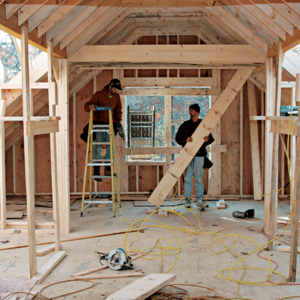

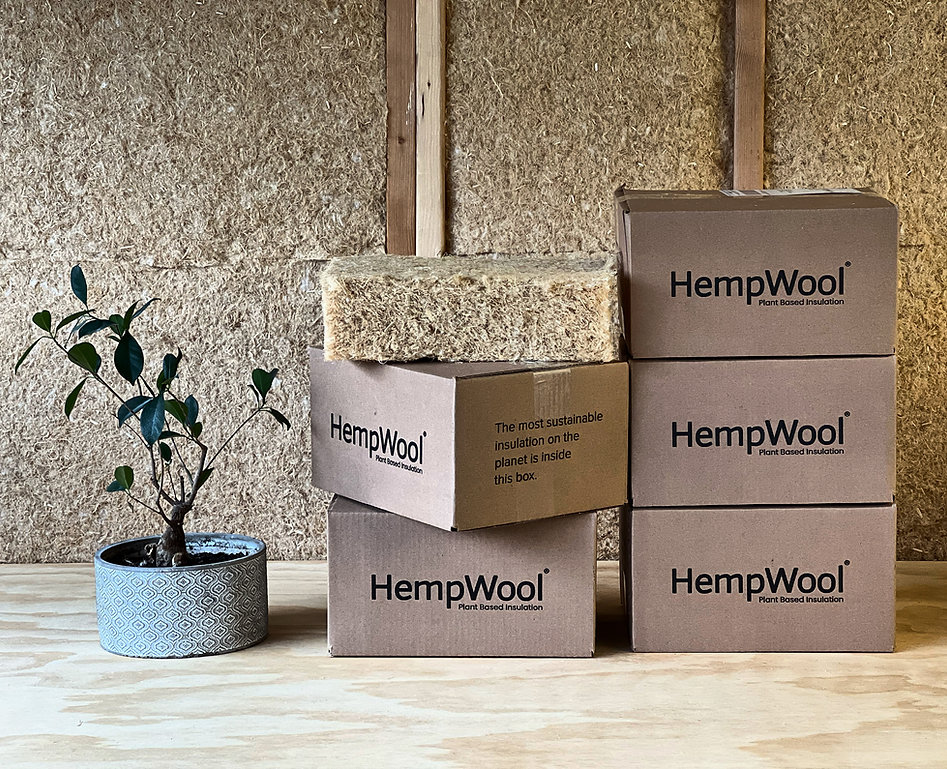
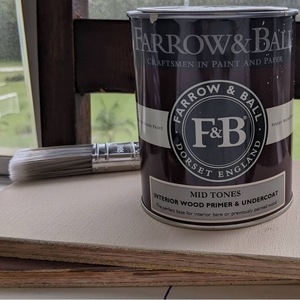
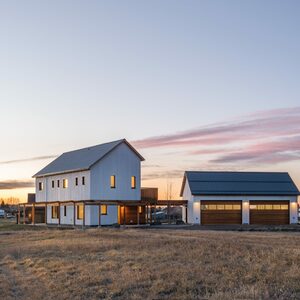
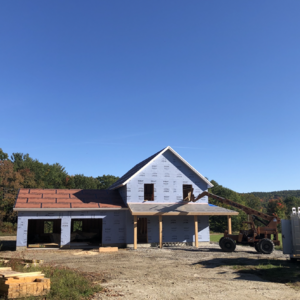






0 Comments
Log in or create an account to post a comment.
Sign up Log in